brendanm720
Well-known member
Hello!
Does Huvud work okay with SB and CW2, or should I plan on changing over to a different board (probably a Mellow SB2040) once I upgrade?
Ideally, I'd like to use the Neopixels (my current printer has a nozzle light and it's pretty nice) and have the ability to add a toolhead filament sensor at some point (though I'm not sure I need that anymore, since ERCF no longer appears to require one).
I've been watching Eddie's videos, and saw his series on Huvud. I dug around in discord and noticed quite a few folks were using Huvud (and loved it to little tiny bits) but none of them seemed to state which toolhead and extruder they were using with it.
Some backstory:
I joined the PIF queue thinking it would take about a year for the providers to pick me up, but I ended up getting my order in something like 7 months, which was prior to Stealthburner and CW2 being released. (This was not long after Stephan spun up his new printers and started chewing through the queue with extreme prejudice) I've got some beautiful Afterburner and CW1 parts, and plan to assemble the printer using those, and then print the new toolhead and extruder parts and upgrade after I break it in and get it tuned.
Thanks!
-Brendan
Does Huvud work okay with SB and CW2, or should I plan on changing over to a different board (probably a Mellow SB2040) once I upgrade?
Ideally, I'd like to use the Neopixels (my current printer has a nozzle light and it's pretty nice) and have the ability to add a toolhead filament sensor at some point (though I'm not sure I need that anymore, since ERCF no longer appears to require one).
I've been watching Eddie's videos, and saw his series on Huvud. I dug around in discord and noticed quite a few folks were using Huvud (and loved it to little tiny bits) but none of them seemed to state which toolhead and extruder they were using with it.
Some backstory:
I joined the PIF queue thinking it would take about a year for the providers to pick me up, but I ended up getting my order in something like 7 months, which was prior to Stealthburner and CW2 being released. (This was not long after Stephan spun up his new printers and started chewing through the queue with extreme prejudice) I've got some beautiful Afterburner and CW1 parts, and plan to assemble the printer using those, and then print the new toolhead and extruder parts and upgrade after I break it in and get it tuned.
Thanks!
-Brendan

